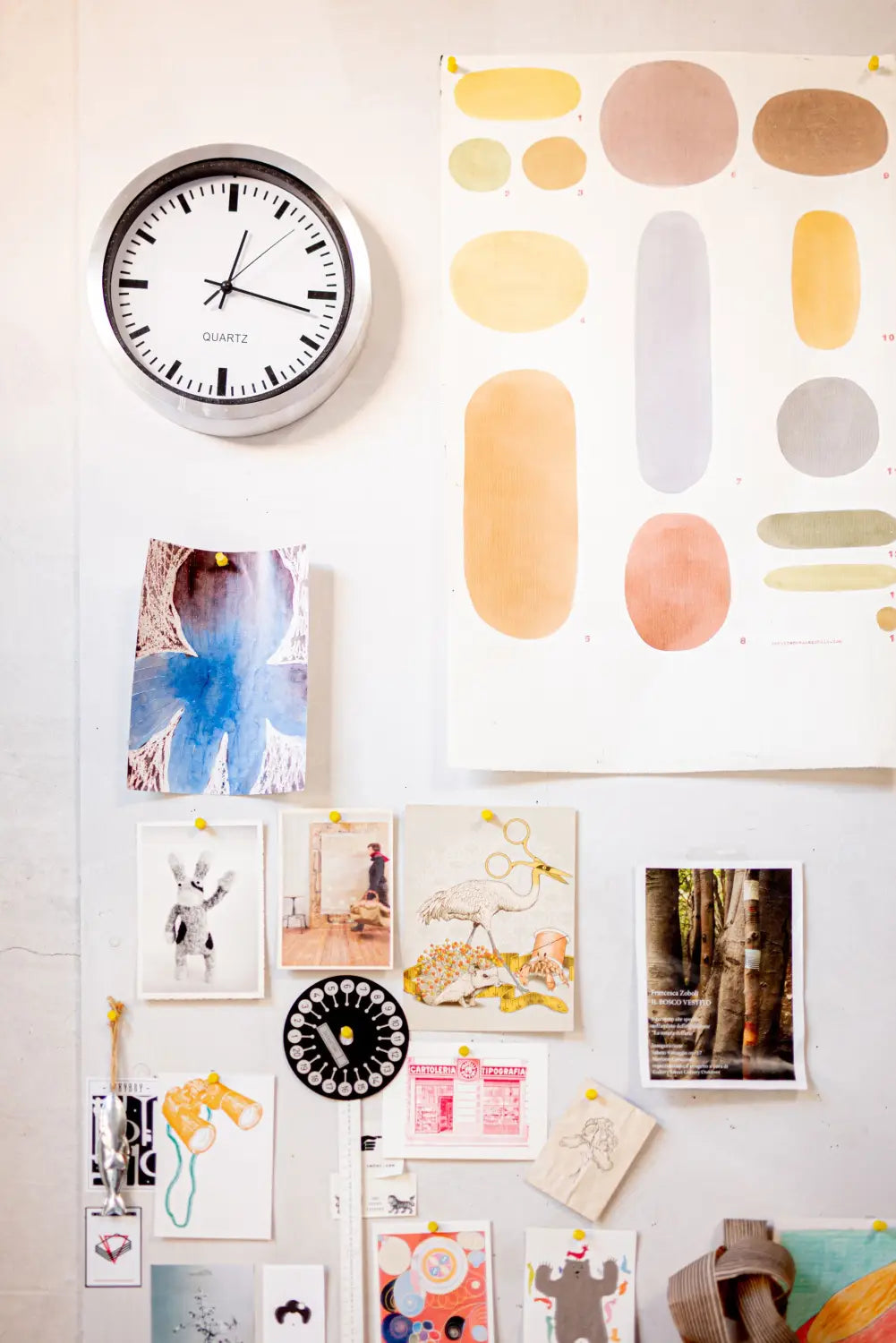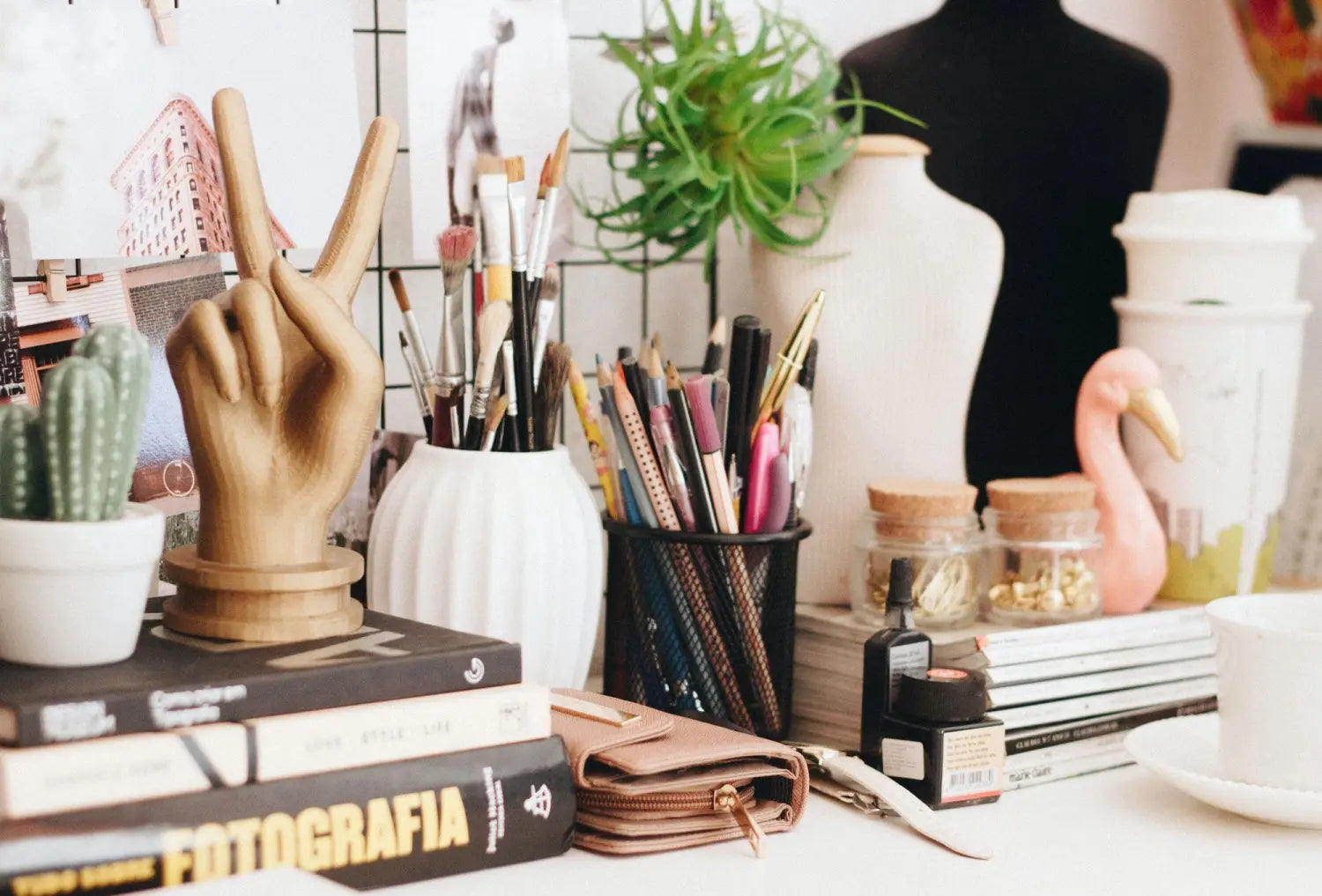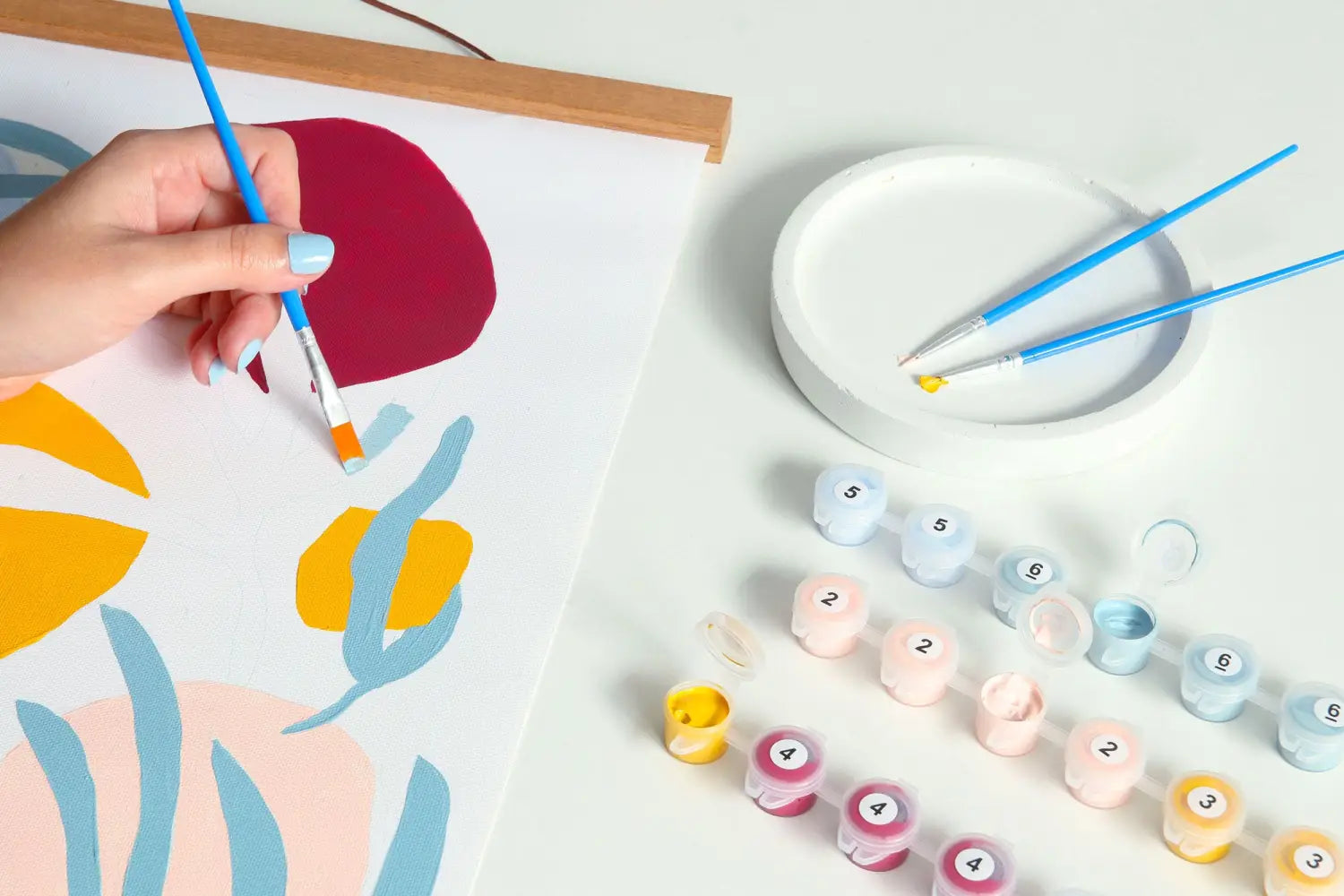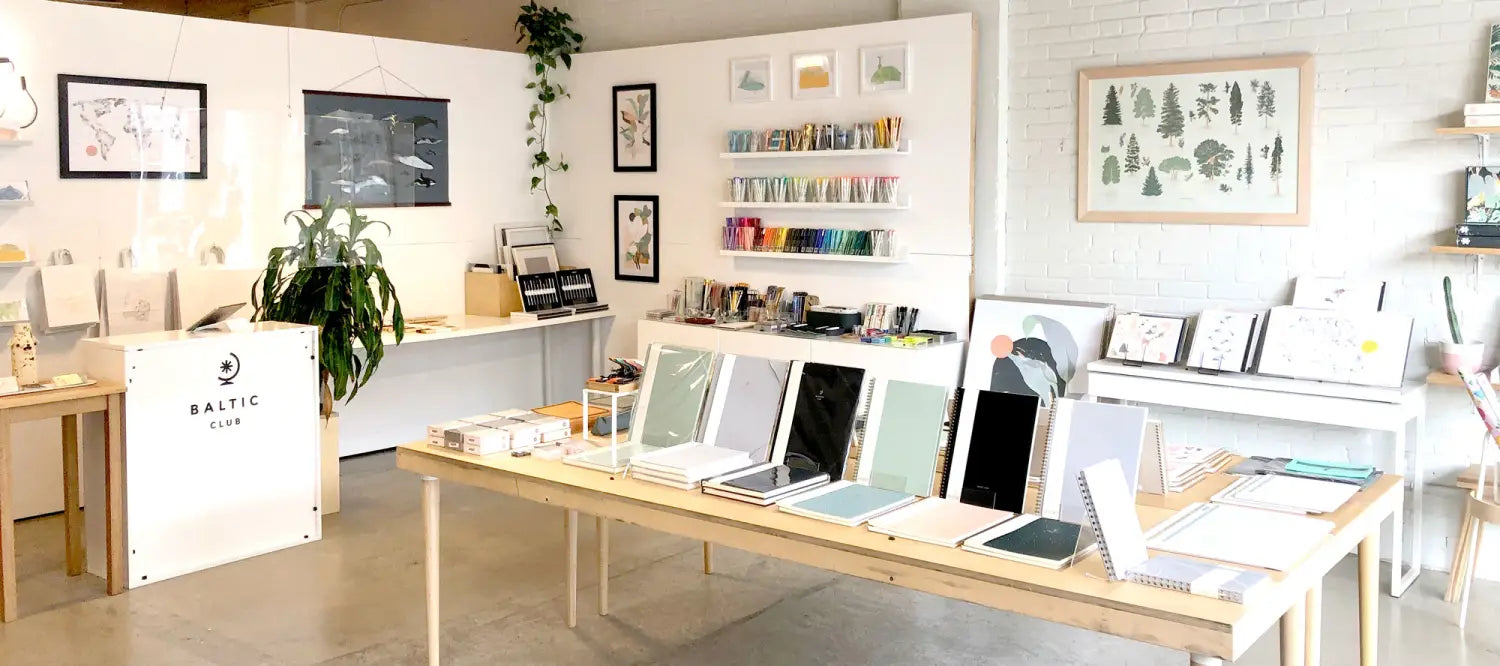Hello, fellow artists! Melanie here, and today, I'm inviting you to join me on a journey of artistic discovery and mastery. I'll share insights based on all my experience coaching artists and crafters. Through those invaluable connections and collaborations, I have learned so much, and I'll forever be grateful for that. Let's step into the labyrinth of creativity and unlock the magic of artistic exploration together.
Exploring the Vast Artistic Landscape
Our world is a diverse tapestry of artistic mediums - each medium, a unique niche waiting for you to discover. Remember, the path to mastery begins with exploration. Here are some examples of how you might explore various artistic niches:
- Illustration: Try creating intricate patterns inspired by Hayao Miyazaki, or perhaps, design vibrant illustrations akin to Mary Blair, pick your favourite illustrator!
- Photography: Experiment with different genres, such as portrait, landscape, or macro photography. Explore the impact of different lighting conditions and filters.
- Sculpture: Work with diverse materials like clay, wood, or metal. You could aim to produce realistic forms or lean towards abstract creations.
- Digital Art: Experiment with graphic design or digital painting using software like Adobe Illustrator or Procreate. Explore various styles - from minimalistic line art to detailed concept art.
- Mixed Media: Combine different mediums in a single piece of artwork. This could involve combining painting and collage or incorporating digital elements into a traditional painting.
Feel free to let your curiosity roam free and experience the thrill of discovery as you navigate through the vast and diverse landscape of art. Go to the museum, read books, visit places you've never been before.

Discover Your Artistic Talents
As an artist, it's all about unlocking your creative niche by recognizing what makes you unique. Whether you're rocking the art of composition, nailing those different lighting effects in photography, or fearlessly diving into unconventional mediums like spray paint or digital tools, each of these skills becomes a stepping stone towards carving out your own rad corner in the world of creativity.
For illustrators, imagine honing your composition skills to create visually captivating narratives. Whether it's drawing intricate characters with dynamic poses or crafting immersive backgrounds, your ability to compose elements on the page brings your illustrations to life and tells engaging stories.
Understanding lighting effects in your illustrations adds another layer of depth. By playing with shadows, highlights, and contrast, you can evoke mood, create dramatic scenes, or highlight specific focal points, giving your illustrations that extra wow factor.
And let's not forget about embracing unconventional mediums! As an illustrator, you can experiment with various tools and techniques, from traditional pen and ink to digital brushes. Pushing the boundaries and exploring new artistic territories allows you to develop a unique style and create illustrations that stand out from the crowd.
So go ahead, embrace your strengths, trust your artistic instincts, and let your imagination run wild. 🌈 Your artistic journey is yours to explore and define! 🎉

Strategizing Your Artistic Journey
Charting your artistic journey requires a blueprint. Strategic planning is key to navigating the market and aligning your creations with the unique needs of your clients. Here's a detailed step-by-step plan that an illustrator might follow:
- Define Your Niche: Identify your unique artistic style. Are you drawn to whimsical children's illustrations, or perhaps you prefer detailed botanical drawings? Your niche is your unique selling point in the market. For inspiration, check out illustration styles from online platforms like Behance or Dribbble.
- Understand Your Audience: Identify who most needs and appreciates your art. Is it children's book authors, magazine editors, or independent businesses looking for unique branding? Websites like LinkedIn and Upwork can help you understand the market's needs.
- Create a Portfolio: Build a portfolio showcasing your best work and versatility within your niche. Use platforms like Behance, Instagram, or a personal website to share your work with potential clients.
- Networking and Outreach: Engage with potential clients and industry people. Attend local and virtual industry events, join online forums and art communities. Websites like Meetup can be a great resource for finding related events.
- Marketing and Promotion: Use social media platforms and your website to regularly share your work, process snippets, and other behind-the-scenes content. Engage with your audience, respond to their comments and messages. Also, consider occasional promotions like discounted commissions or limited edition prints. Resources like Buffer can help manage and schedule social media posts.
- Set Goals: Have clear, achievable short-term and long-term goals. Short-term goals could be to secure your first client or reach a certain number of followers on your art page. Long-term goals might be scoring a book deal or collaborating with a major brand. Tools like Trello can help manage these goals.
- Regularly Review and Adapt Your Plan: The market and your own skills will change over time. Therefore, regularly review your strategies and progress, and be ready to adapt. You can do this review every quarter or twice a year, adjusting your plan as necessary.
Remember, strategic planning is not a one-time activity but an ongoing process that evolves as you grow as an artist.
Embracing Your Unique Artistic Perspective
Your unique perspective is what differentiates your artwork in the creative market. My artistic journey, for instance, has led me to weave narratives around environmental issues. Each color palette, each stroke, each subject, reflects my unique perspective. So, artists, embrace your distinctive style. It's your beacon!

Building Connections Through Your Art
Understanding your audience and building connections is as important as creating compelling artwork. A landscape artist might find an audience among nature enthusiasts, while an illustrator with a knack for whimsical designs could connect with children's book publishers. Remember, each connection is an opportunity to amplify your unique voice in the art world.
My Conclusion
Artistic mastery is a journey, not a destination. While my own path continues to evolve and inspire me, I hope sharing my experience can guide you on your journey. Embracing your creative niche requires patience, courage, and a constant thirst for learning. Remember, it's not a race but an exciting adventure of self-discovery and artistic expression. Let's continue to weave our creative narratives and grow together as a community of artists! ❤️


